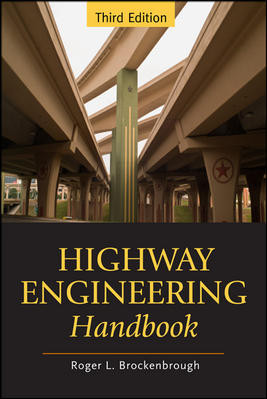Crews in China Complete World's Longest Steel-Reinforced Concrete Arch Bridge

Longtan Bridge currently holds the long-span record for bridges of its type.
Photo courtesy of Man-Chung Tang/TYLI
Crews in Guangxi, China are wrapping up punch-list items and dismantling the project site of what is now the world’s longest steel-reinforced concrete arch bridge. The Tian’e Longtan Bridge, with a 600-meter main span, beats out the Third PingNan Bridge by 25 m.
Contractor Guangxi Road and Bridge Engineering Group Co., Ltd. (GRBG) began building the approximately 2,500-m-long bridge in 2020 as part of the Nandan-to-Tian'e Expressway through the mountainous region of Tian'e County.
The bridge crosses a reservoir over the Hongshuihe River that is up to 900 m wide and approximately 130 m deep, according to a report by the contractor provided to ENR. The bridge deck rises 140 m over the reservoir.
The box-ribbed, steel-tubed arch structure, supported by 13 horizontal struts, carries four lanes of traffic. Crews utilized a cantilever construction method using stay cables without any falsework support—a method developed by bridge designer Jielian Zheng in 1968. According to a technical paper he wrote at Guangxi University, China has more than 300 arch bridges built this way, Zheng said. The T-shaped prestressed concrete girders have spans of 40 m.
The five longest arch bridges in the world all are located in China, notes Man-Chung Tang, chairman of T.Y. Lin International’s China branch, and an advisor on the project.
“An arch can support itself only after the entire arch rib is complete,” Tang says. “In the old days, the ribs of an arch bridge had to be completely supported by shuttering or formwork during construction before the entire arch rib was fully completed and the abutments were poured. This limited the spans of the arches we could build because the formwork would otherwise be too expensive and less stable. Very long-span arch bridges became possible only after Prof. Zheng developed this cable-stayed method for arch construction. In addition, he developed methods to ascertain that the concrete inside the steel tubes be fully attached to the steel shell.”
Evolving technologies, such as vacuum-assisted graded pumping, non-shrinkage concrete and instantaneous stress load regulation of arch rings also enabled the 600-m span, according to the contractor.
The bridge’s steel “skeleton” is 8,200 tons and divided into 44 segments. The biggest segment is 23.35 m long, 9.91 m high and 5.2 m wide. “After careful search, we found an abandoned soil disposal site, approximately 60,000 cu meters in size,” that became a steel fabrication plant, according to the contractor. “Moreover, it is located near the river, making it convenient to hoist these segments onto large ships.”
Access to the site was a challenge. “In terms of land transportation, there is a connection to a secondary road 16 km away via rural paths on one bank,” according to the contractor. “On the other bank, the rural paths that connect to the nearest secondary road are approximately 35 km away, with an elevation difference of about 100 m, making it practically unusable.”
Crews upgraded the paths on the first bank and built docks on both banks to accommodate material and equipment transportation.
In his paper, Zheng says technologies must continue to advance to increase arch span lengths. They include the need to “improve the fatigue resistance of welded joints; to study a more convenient connection between hanging sections … a new calculation method of section-bearing capacity and [a] rapid construction method are studied.”
He added, “At present, we have demonstrated the feasibility of the concrete-filled steel tube arch bridge with a net span of 700 m, and look forward to the concrete arch bridge with a span of more than 700 m as soon as possible.”






